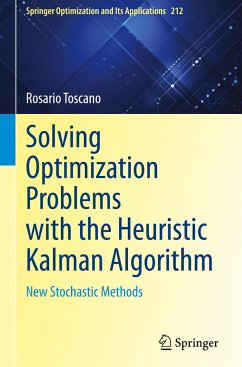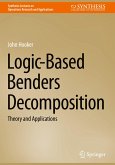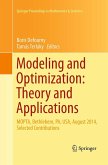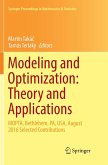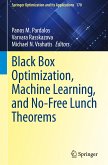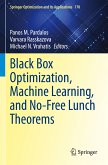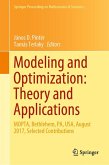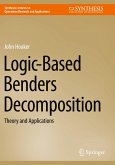This text focuses on simple and easy-to-use design strategies for solving complex engineering problems that arise in several fields of engineering design, namely non-convex optimization problems.
The main optimization tool used in this book to tackle the problem of nonconvexity is the Heuristic Kalman Algorithm (HKA). The main characteristic of HKA is the use of a stochastic search mechanism to solve a given optimization problem. From a computational point of view, the use of a stochastic search procedure appears essential for dealing with non-convex problems.
The topics discussed in this monograph include basic definitions and concepts from the classical optimization theory, the notion of the acceptable solution, machine learning, the concept of preventive maintenance, and more.
The Heuristic Kalman Algorithm discussed in this book applies to many fields such as robust structured control, electrical engineering, mechanical engineering, machine learning, reliability, and preference models. This large coverage of practical optimization problems makes this text very useful to those working on and researching systems design. The intended audience includes industrial engineers, postgraduates, and final-year undergraduates in various fields of systems design.
The main optimization tool used in this book to tackle the problem of nonconvexity is the Heuristic Kalman Algorithm (HKA). The main characteristic of HKA is the use of a stochastic search mechanism to solve a given optimization problem. From a computational point of view, the use of a stochastic search procedure appears essential for dealing with non-convex problems.
The topics discussed in this monograph include basic definitions and concepts from the classical optimization theory, the notion of the acceptable solution, machine learning, the concept of preventive maintenance, and more.
The Heuristic Kalman Algorithm discussed in this book applies to many fields such as robust structured control, electrical engineering, mechanical engineering, machine learning, reliability, and preference models. This large coverage of practical optimization problems makes this text very useful to those working on and researching systems design. The intended audience includes industrial engineers, postgraduates, and final-year undergraduates in various fields of systems design.

